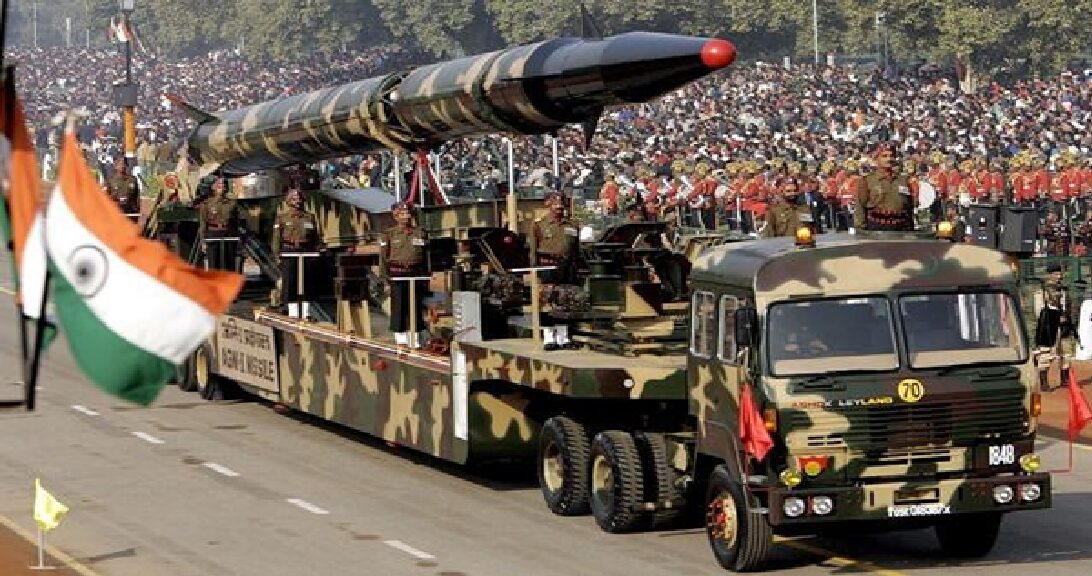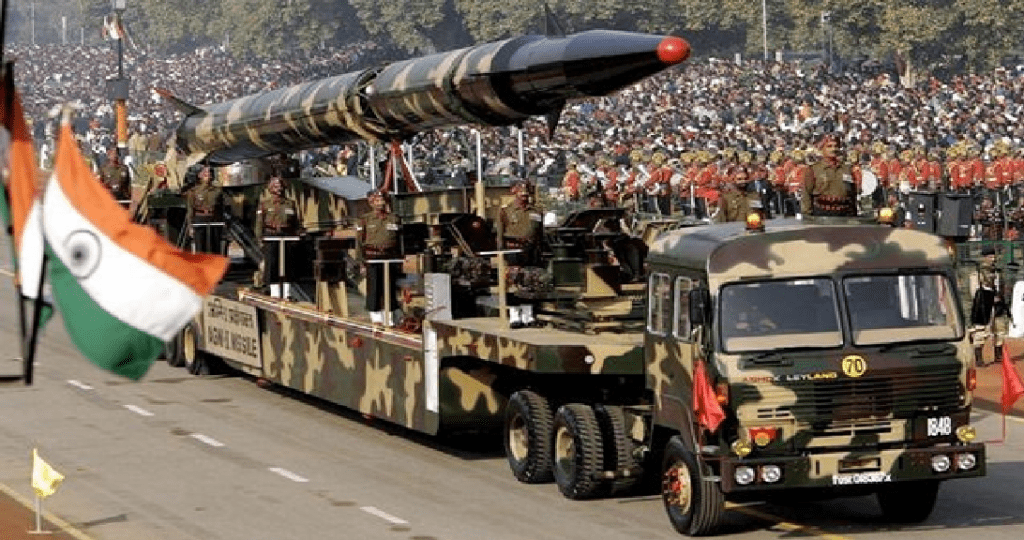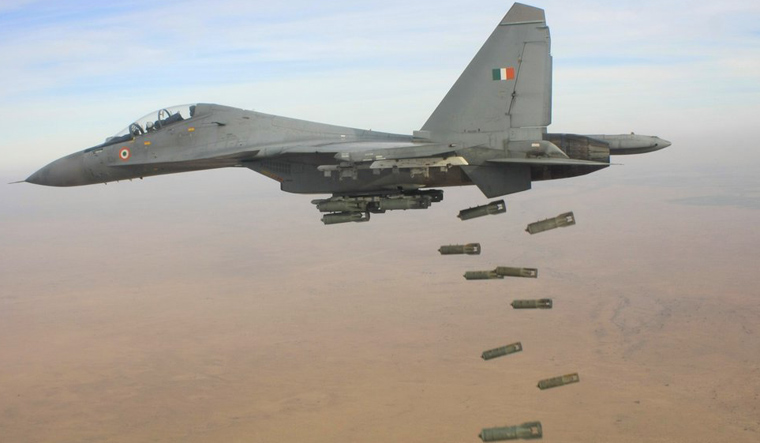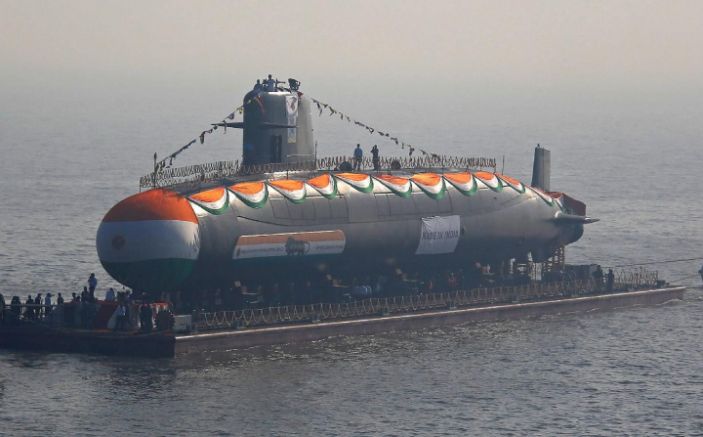India’s nuclear strategy shifts aim from Pakistan to China, Beijing now in range of New Delhi’s missiles: Report


India’s nuclear strategy, which has traditionally focused on Pakistan, has now increased emphasis on China, and Beijing is now in the range of Indian missiles, according to a report.
An analysis of India’s nuclear forces published in the Bulletin of Atomic Scientists on July 20 by Hans M. Kristensen and Matt Korda makes this observation. The authors said, “While India’s primary deterrence relationship is with Pakistan, its nuclear modernization indicates that it is putting increased emphasis on its future strategic relationship with China. All the new Agni missiles have ranges that indicate their primary target is China.”
The study predicts that India’s China focused approach is likely to contribute to development and deployment of new capabilities over the next 10 years and is also likely to impact India’s approach towards Pakistan.
India’s nuclear triad was believed to be officially accomplished following the announcement of completion of the first deterrence patrol of indigenous nuclear-powered ballistic missile submarine INS Arihant, by Indian Prime Minister Narendra Modi in November 2018.
The study estimates that the additional systems of India’s eight-legged nuclear triad are under development and will soon see completion. It estimates that India currently operates at least two aircraft systems, four land-based ballistic missile system, and two sea-based ballistic missiles which are nuclear capable.
“At least three more systems are in development, of which several are nearing completion and will soon be combat-ready, Beijing is now in range of Indian ballistic missiles,” the authors have pointed out.

On the air front, India is likely to add the Rafale, which is used for the nuclear mission in the French Air Force, in addition to the Mirage 2000H and Jaguar IS aircraft. The Indian Mirage 2000H has been undergoing upgrades to extend its service life and enhance its capabilities, the modernised version is known as Mirage 2000I. The Indian Air Force is likely to phase out its Jaguar fleet over the next 15 years.
On land front, India has completed pre-induction flight test of the Agni-V near-intercontinental ballistic missile (ICBM) which is capable of delivering a warhead in excess of 5,000 kilometres. The authors suggest, “The extra range will allow the Indian military to establish Agni-V bases in central and southern India, further away from the Chinese border.” The development of next generation true ICBM Agni-VI is also under progress.

India is looking to strengthen the sea-based leg of its nuclear triad. India’s submarine-launched ballistic missile (SLBM) K-4 is believed to be ready for production, which has seen six test launches. “With a range of about 3,500 kilometers, the K-4 will be able to target all of Pakistan and most of China from the northern Bay of Bengal” the study observes. Defence Research and Development Organisation (DRDO) is additionally planning to develop a 5,000 kilometer range SLBM which would allow Indian submarines to target all of the Indo-Pacific region, including the South China Sea.



